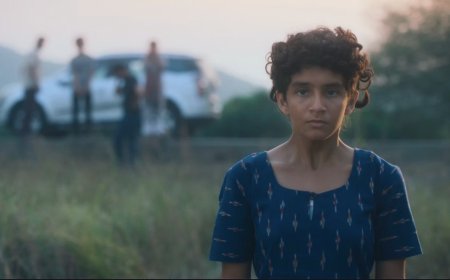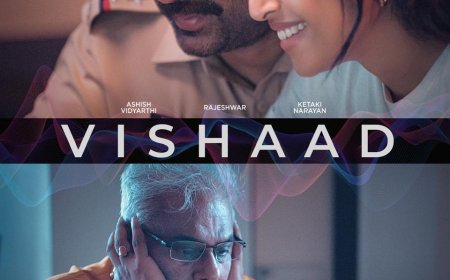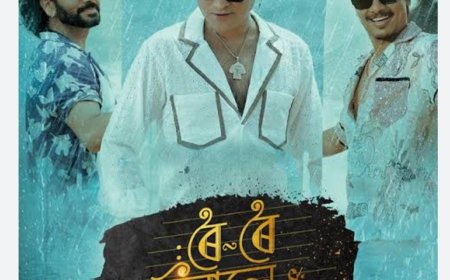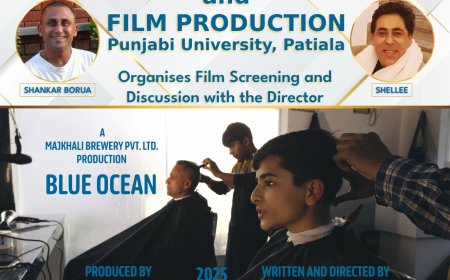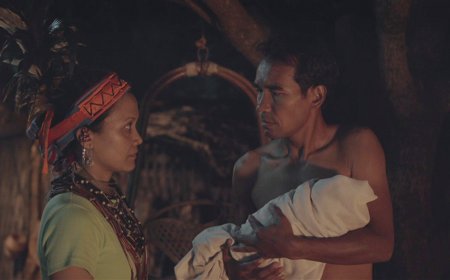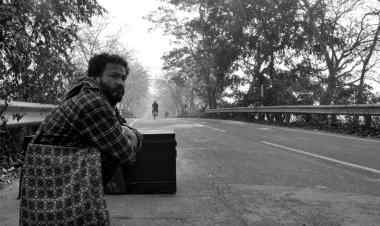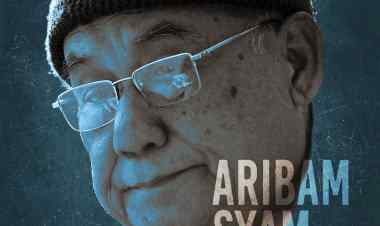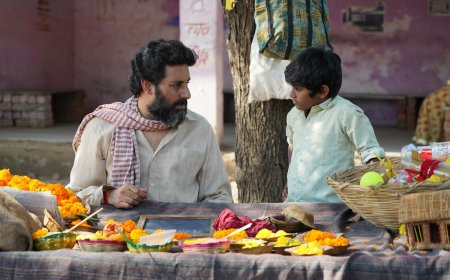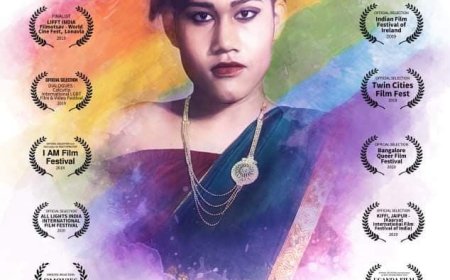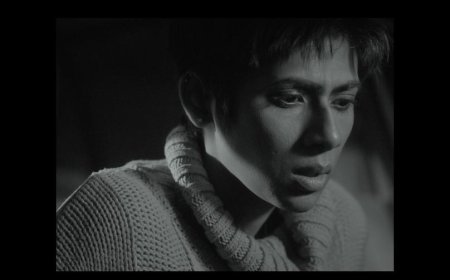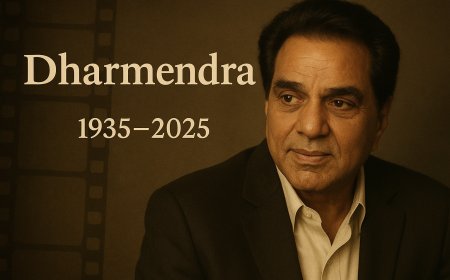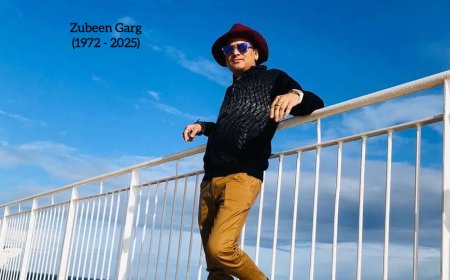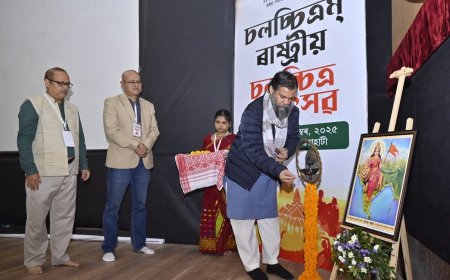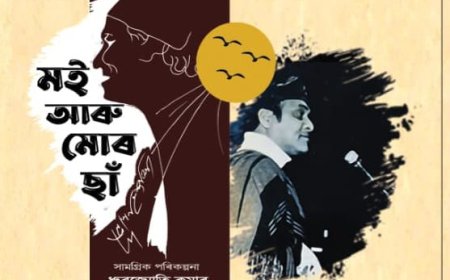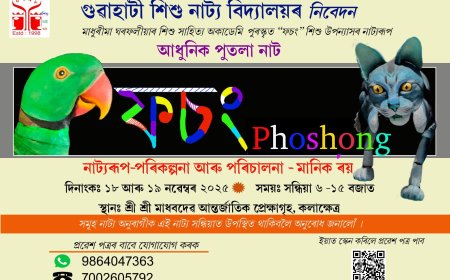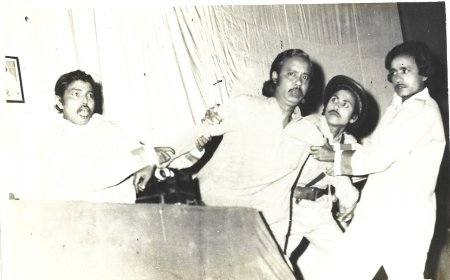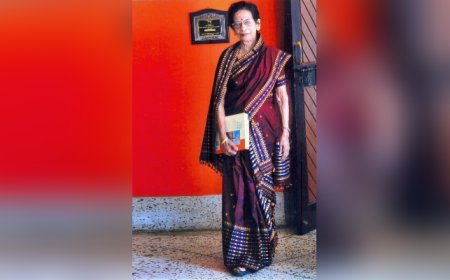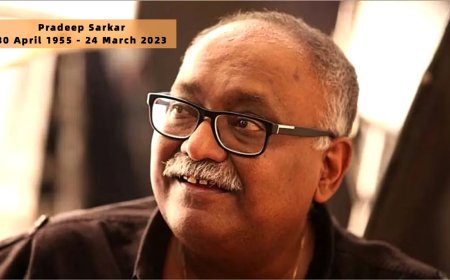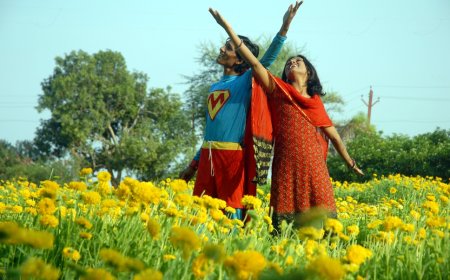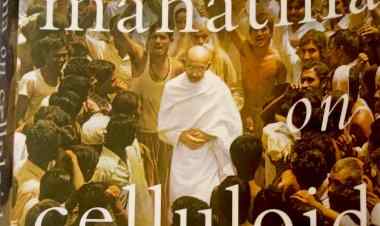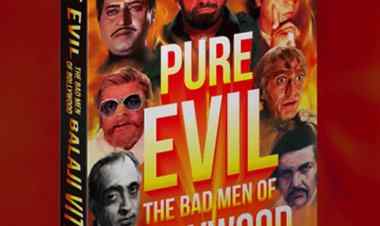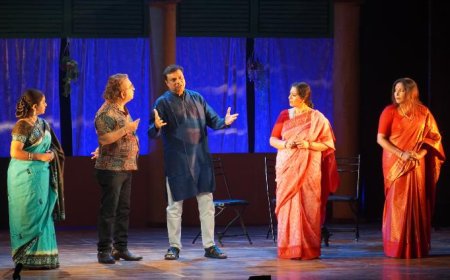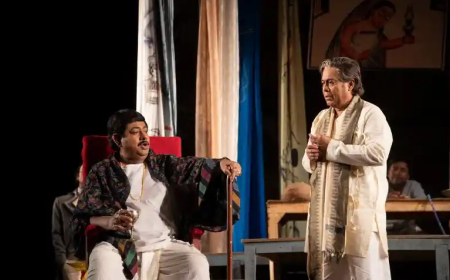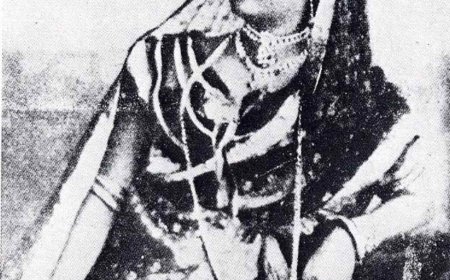A Tribute to Piyush Pandey: The Master of Moments

In an era when the power of advertising was largely untapped and overshadowed by a more straightforward media landscape, Piyush Pandey emerged as a quiet giant of the Indian advertising industry. His work shaped not only how we saw brands, but how we saw ourselves as a nation. For a generation that grew up in the 90s, his work was a subtle yet indelible force. He was like a cornerstone of our collective memories. An advertising filmmaker par excellence, he redefined the narrative of Indian advertising. His legacy is still etched in the cultural fabric of our nation.
The 1980s were a transformative time in India. It was a period where television was still a novelty, and information flowed through a handful of channels. Amid this, Pandey’s writing of the iconic song “Mile Sur Mera Tumhara” in 1988 for the National Integration campaign was nothing short of revolutionary. A piece that transcended mere musicality, it spoke to the heart of a nation that was still discovering its own voice. The lyrics, the tone, and the message were a seamless blend of patriotism and inclusivity that resonated deeply. Even at a time when the world wasn’t as interconnected as it is today. The promotional video, with its hauntingly beautiful imagery of diverse India, remains a landmark in our collective memory. For many of us, it was one of the first instances where audio and visuals aided in emotional storytelling that merged seamlessly.
Growing up in the 90s, I, like many, was unaware of the man behind these iconic moments. The world of advertising was elusive, and the filmmakers behind these creative creations were often nameless figures. But as my interest in films grew and the media landscape expanded, I began to realise that the man behind many of my childhood memories was none other than Pandey himself. His contributions, spanning over decades, would influence everything from jingles to entire ad campaigns and continue to shape the very essence of Indian advertising.
Among his many unforgettable campaigns, the Fevicol advertisements of the early 2000s stand out as a case study in creativity. Who can forget the surreal yet relatable scenarios where everything from buses to elephants remained unshaken because the brand promised “strong bond”? These advertisements were not just about the product. They were stories, exaggerated yet grounded in humour, that captured the imagination of millions. And then, there was Cadbury Dairy Milk’s “Kuch Khaas Hai”, a campaign that changed how we viewed chocolate. It was no longer a mere sweet treat. It was a moment of joy, a vehicle for celebration. Pandey’s genius lay in making the ordinary extraordinary, in turning simple products into stories that brought out emotions we didn’t know we had.
Piyush Pandey’s work didn’t just leave a mark on consumers; it won him recognition at some of the most prestigious platforms in the world, including the Cannes Lions International Festival of Creativity. He was one of the first Indians to make waves at Cannes, a testament to the global appeal of his work, which always remained rooted in Indian values. But beyond the accolades, it is his ability to tap into the national consciousness and reflect the values, aspirations, and desires of the people that made him a visionary. His legacy endures, not just in the advertisements that shaped our past, but in the new generations of creatives who continue to draw inspiration from his work.
Piyush Pandey was more than a filmmaker. He was a storyteller of modern India. And as we look back, we remember the moments he created, not just in advertisements, but in the way they made us feel part of something larger than ourselves.
What's Your Reaction?








